Chile 3 – Valdivia por el rio…

Remember those cool old ramshackle mansions in Validivia? I so wanted to go in one and look around a bit…well in Valdivia, I got my chance. There was a listing in my guidebook for a “charming, rambling mansion with sloping floors due to the 1960 earthquake, full of charm and highly recommended.” I had to check it out…and wasn’t disappointed. A very friendly middle-aged man runs the place that contains a wide variety of rooms with shared bath. The decor is tacky and stuck in the past and the plumbing the most ancient that I’ve ever seen but still it was a very cool place with sloping hardwood floors and evidence of the great 1960 Valdivia earthquake everywhere. I tried to take some pictures of the outside but they don’t do it justice as the front of the building is blocked by trees. Definitely one of the more unique places I’ve stayed on this entire trip.
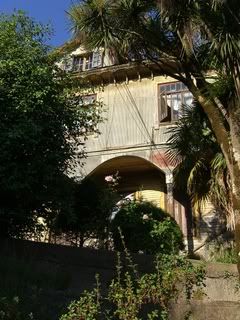
My mansion…
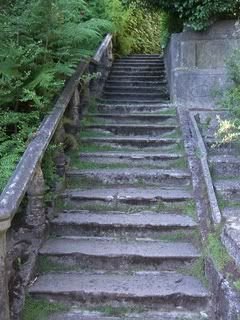
…and the decrepit steps leading to it.
So after I got settled into my mansion, I was off to explore the river city of Valdivia.
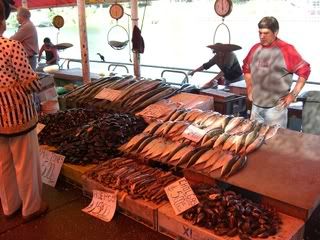
Valdivia is a very pleasant and friendly university town set at the confluence of the Calle-Calle, Valdivia and Cau-Cau Rivers. The city of Valdivia and Chiloé Island (from Chile 2) were the two southernmost enclaves of the Spanish Empire. During some periods, the city depended directly on the Viceroyalty of Peru that financed the building of the Valdivian fort system, which turned Valdivia into one of the most fortified cities of the New World. In the second half of 19th century, Valdivia was the port of entry for German immigrants who were given land and settled in the surrounding areas. The city was severely damaged by the Great Chilean Earthquake of 1960 — the most powerful earthquake ever recorded. Debris and destroyed buildings from the earthquake can still be found in the suburban areas – land subsidence and sediments make naviation of the local rivers complex, with some ruijned buildings still ajoining the water.
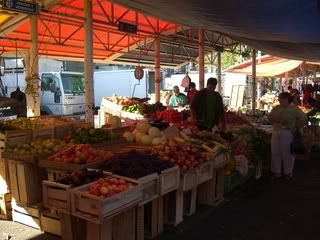
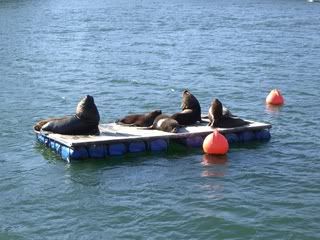
Clever sea lions who wait by the fish market for scraps
Valdivia is defined heavily by the earthquake in 1960…things are described as “pre” or “post” earthquake and restaurants even name certain dishes after it. I opted to take a 6 hour boat tour through the 7 rivers in the region that included stops at the above mentioned forts at the entrance to the Rio Valdivia. Several of the swamps and wetlands we passed through on the tour didn’t exist before the great earthquake but Valdivia lost a lot of arable land during the quake as the soil surface dropped by 2 meters. The ruins of the forts we visited on the boat tour were also damaged severely in the earthquake as demonstrated in the picture of this church below.
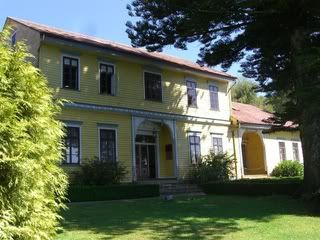
Museum and former mansion of prominent German immigrant
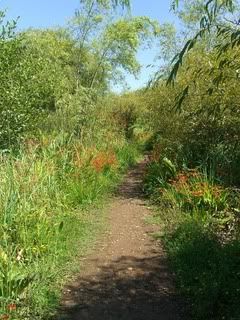
University botanical garden
The riverfront in Valdivia is particularly beautiful with its local fish, seafood and vegetable market (shown above). A few years ago a stray sea lion ventured up the river and discovered that the fisherman at the market throw their scraps into river…now there’s a whole colony of some of the fattest, laziest looking sea lions you’ve ever seen. The river is picturesque and calm so you can rent boats, kayaks and members of the local university crew team are frequently seen rowing through the river. Across the river from the main part of the city is the University of Austral Chile that contains a very beatiful arboretum and botanical garden…good for strolling on a warm day. Also across the river is an interesting history and archeaological museum housing information on the German settlement of the Lakes District of Chile in the mid-19th century. Not to be confused with the mass exodus of German Nazi war criminals to Chile and Argentina after the end of World War II…the German colonists came around 1850 as skilled laborers and while their numbers were small they left a very distinct German influence on the area around the famous Lake District (which we will see more of in the next two posts) and Valdivia.
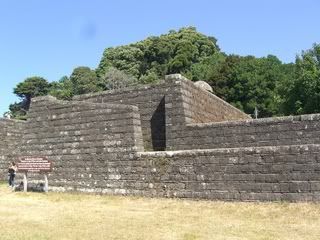
Fort on Isla Mancera
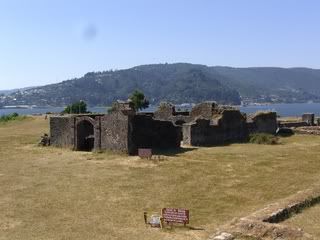
Ruins of baroque church on Isla Mancera
There were four major forts at the entrance of the many rivers near Valdivia that provided both strategic protection to the interior as well as supplyin Spanish ships crossing through the Strait of Magellan. At one point in time the fort system was considered to be the most extensive in the New World. At the time of the struggle for Chilean independence around 1820 the Spanish forts finally fell to Lord Cochrane of the Chilean Navy…an incident recreated daily by a bunch of local teenage boys at the fort of Corral (shown below in pictures). Battle recreations seems like a fun summer job to a bunch of young boys…swords and fake guns…what could be better?

Fort at Corral…
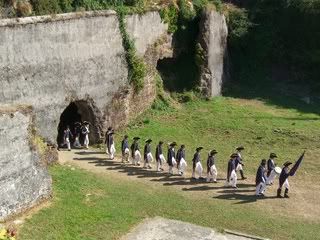
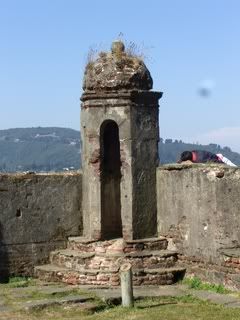
…note “dead” soldier on the wall
After a quick stop at the beautiful university botanical garden and the archaeological museum I was off to Pucon…one of the biggest tourist destinations in Chile. More pics and info to come from Pucon so stay tuned. Until later…
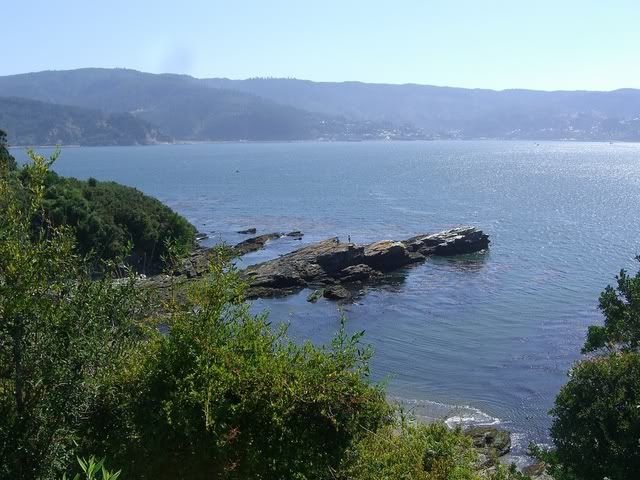
Tags: 10 - Chile, Chile, Isla Mancera, Valdivia
